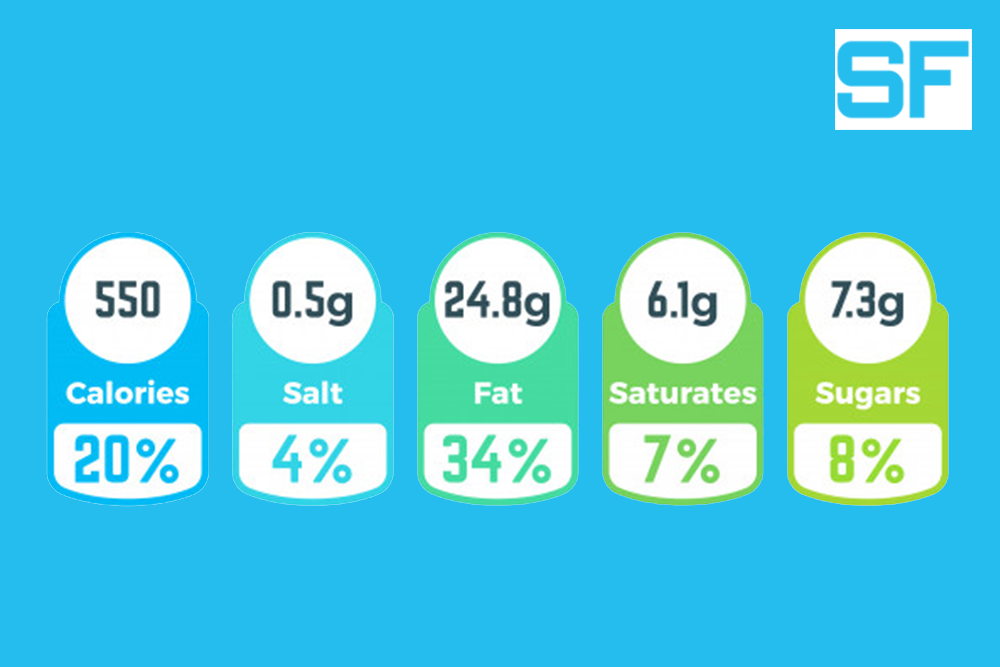Are All Calories Created Equal?
Although calories in VS calories out will cause you to lose weight, You have to consider how your body breaks down or burns these calories.
Yes, weight loss is a simple equation: to lose weight you must reduce calories (either eat less or burn more), to gain weight you must add calories (eat more or burn less), and to maintain the weight you keep calories constant (eat and burn identical amounts).
Sure, quantity matters but we must not forget quality. Because as delicious as it may sound, you can’t just live on beer and french fries.
Foods are different
Foods are made up of different nutrients in addition to their calorie content.
- Carbohydrates (sugars and starches) provide four calories per gram
- Protein provides four calories per gram
- Fats provide nine calories per gram
- Alcohol isn’t a macronutrient, yet it provides seven calories per gram.
Different nutritional density
Comparing foods based solely on calories doesn’t take into account their nutritional density, which can help you feel fuller, longer on a smaller quantity.
If you eat a 250-calorie, low-fat, refined carbohydrate snack like pretzels, you’ll likely be hungry again much sooner than if you had replaced it with a similar calorie snack of nuts (fiber, protein, and fat) or a slice of whole-grain bread with peanut butter (fiber, protein, and fat).
Different Thermic Effect
Moreover, different macronutrients (i.e., protein, fats, carbs) affect our metabolism differently, due to the thermic effect of food.
What is the thermic effect of food?
It is the temporary increase in resting metabolic rate from food intake for processing and storing said food. So foods with a higher thermic effect will have a larger proportion of calories burned by these functions.
A previous study reports the thermic effect of the three macronutrients is as follows:
- Protein = 20 to 30% increase in resting metabolic rate
- Carbohydrates = 5 to 10% increase in resting metabolic rate
- Fat = 0 to 3% increase in resting metabolic rate
As you can tell, there is a big difference.
To sum up,
Not all calories equal, and overall, both the quantity and source-quality of these calories matter.
We eat food, not just calories.
Listen to your body and try to make healthier choices.
In my experience, the best long term practice is the 80-20 rule.
80% of your calories should come from nutrient-dense foods, the last 20% can come from less nutritious foods.
Finally, make sure your eating plan is one that you can follow long term.



